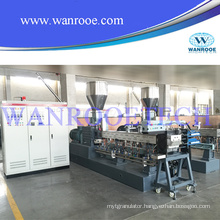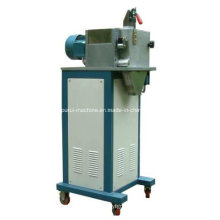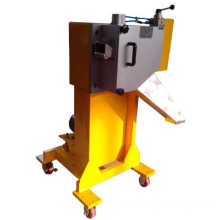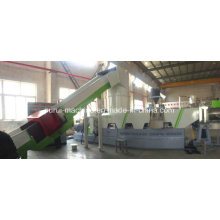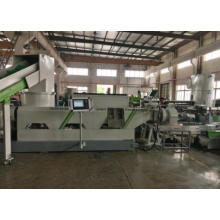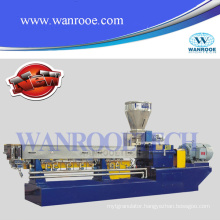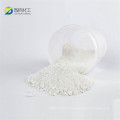Top quality L-glutamic acid cas 56-86-0
Basic Info
Model No.: LYN-56-86-0
Product Description
Top quality L-glutamic acid cas 56-86-0
Glutamate (glutamic acid), alpha-aminoglutaric acid is one of the 20 amino acids that make up various proteins in the body.
production method
1. Glutamate can be produced by protein hydrolysis and synthesis, but the fermentation method is currently the main method for producing glutamic acid. The carbon source for fermentation of glutamic acid is hydrolyzed sugar or molasses of starch such as potato, corn, tapioca starch, coconut starch, etc. It can also be acetic acid, liquid paraffin (the best C16 paraffin) and other petrochemical products. A nutrient that constitutes carbon scaffolds and energy sources in microbial cells and metabolites. The nitrogen source is an ammonium salt, urea, etc., nitrogen is a main element constituting a cell protein and a nucleic acid, and nitrogen is also a main constituent element constituting a glutamic acid amino group of a fermentation product. Other auxiliary materials are inorganic salts, vitamins, etc. For example, microorganisms need a suitable phosphorus concentration, magnesium is an inorganic activator that stimulates the growth of bacteria, potassium salt promotes acid production, and corn syrup provides biotin and organic nitrogen sources. Also included are various accelerators and additives. The production bacteria are Brevibacterium, Corynebacterium pekinensis and the like. In a large fermenter, aeration and agitation fermentation, temperature 30-34 ° C, pH> 7-8, after 30-40h fermentation, remove the bacteria, extract the glutamic acid in the fermentation broth, and then refine the product, in the above process It can also be extracted by the isoelectric point method, and the ion exchange method, the hydrochloride method, the direct concentration method (when acetic acid is used as a raw material), or the like can also be used. The product produced by the fermentation method is L-glutamic acid, and the content is more than 98%. Each ton of glutamic acid consumes 4000 kg of starch (80%) and 25 kg of strain. The advantage of the synthesis method is that it does not consume food, but the production process requires high pressure (about 20 MPa) and high temperature (above 120 °C). The use of toxic raw materials, the equipment investment is twice as high as the fermentation method, and the obtained racemic glutamic acid is further advanced. Split, the production process is complicated. According to the production of 1t 99% sodium glutamate (MSG), the synthetic method consumes 640kg of acrylonitrile. When the annual output is above 5000t, the production cost is close to that of acidification.
2. Fermentation method
3. Chemical synthesis
4. This product is mainly produced by fermentation. Using molasses or starch as raw material, using C. glutamicum or cocci or Arthrobacter as a strain, and using urea as a nitrogen source, fermentation is carried out at 30 to 32 ° C. After the fermentation is completed, the fermentation liquid is separated into cells. When the pH is adjusted to 3.0 with hydrochloric acid, the isoelectric point is extracted, and the glutamic acid crystal is separated, and the glutamic acid in the mother liquid is extracted by 732 ion exchange resin, and crystallized and dried to obtain a finished product.
5. Tobacco: BU, 22; FC, 21; L-rotatory can be obtained by hydrolyzing the animal and plant proteins, then decolorizing, concentrating and crystallizing. It can also be obtained by fermentation of sugar or starch. The racemate can be synthesized from acrylonitrile.
use
Salt substitutes, nutritional supplements, umamis (mainly used in meat, soups and poultry, etc.). It can also be used as an inhibitor for the production of magnesium phosphate in canned fish such as shrimps and crabs. Used in the synthesis of certain chiral compounds and pharmaceutical intermediates in fine chemicals.
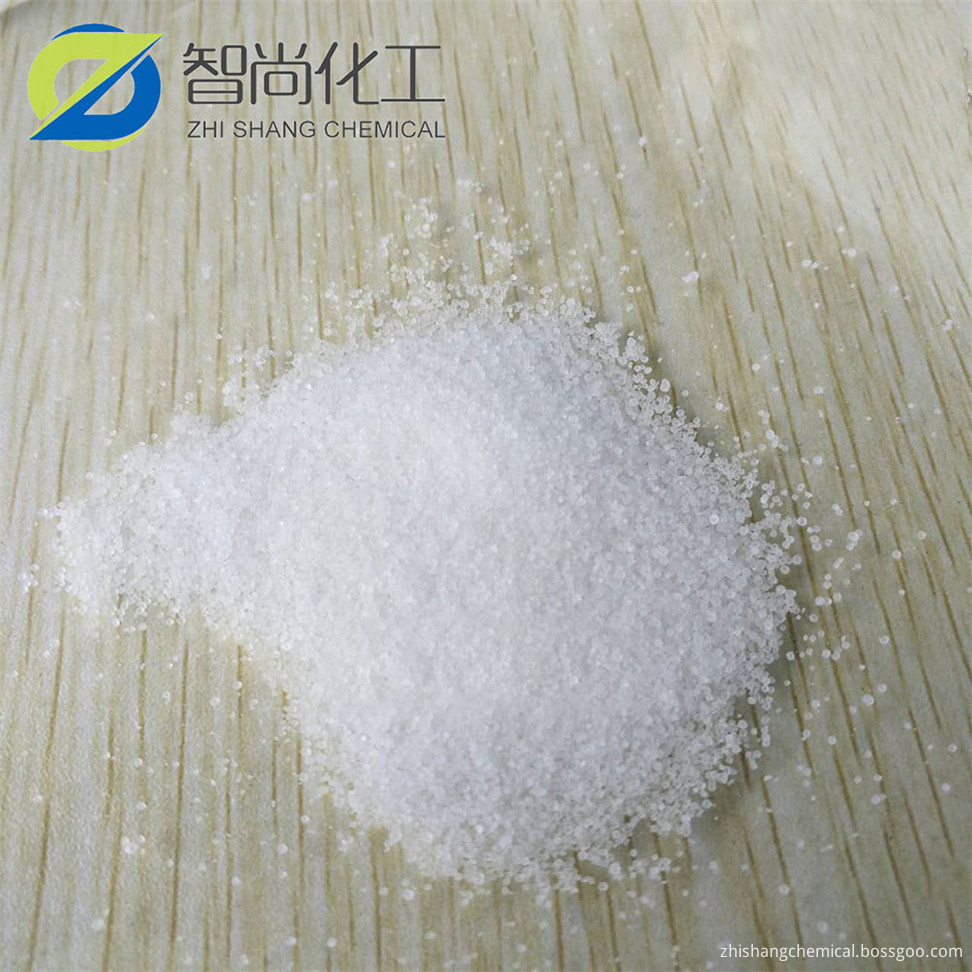
25 kg box/bag/drums
Transit could be DHL,UPS,TNT,EMS,Fedex,and so on.
For mass orders, it will be delivered by air or sea.
Depending on
your location, please allow 1-5 business days for your order to arrive.
For small order, please expect 3-7 days by UPS DHL EMS.
For mass order, please allow 5-8 days by Air, 15-30 days by Sea.
Product expansion
1> Cosmetic Raw Materials: Cosmetics is a variety of raw materials through a reasonable deployment of processing from the compound mixture. Cosmetics with a wide range of raw materials, different performance. According to the Raw Material properties and uses of cosmetics, can be divided into matrix materials and auxiliary raw materials in two categories.
2> Active Pharmaceutical Ingredients(API): API refers to the raw materials in the production of various types of preparations, which is the active ingredient in powder,crystal and paste for medicine use through chemical synthesis,plant extract, and preparations of biotechnology institute.
3> Fragrance And Spices: Spices are an important part of fine chemicals, it is composed of natural spices, synthetic spices and single fragrance.
4> Organic Raw Material: Intermediates are also known as organic intermediates. The use of coal tar or petroleum products as raw materials to produce dyes, resins, additives, and other intermediates.
5> Chemicals Used In Paints: Paint, the traditional Chinese name is paint. So-called coating is coated on the surface of the object that be protected or be adornment, and with the continuous film coating to form strong adhesion.
6> Pharmaceutical Intermediates: The so-called pharmaceutical intermediates, refers to the production of pharmaceutical products in the process, the use of raw materials, materials, accessories and other intermediate products.
7> Agricultural Chemicals: Research and agriculture related chemical, including pesticide, plant growth regulator, fertilizer, compound fertilizer, herbicide etc.
Contact us if you need more details on Cas 56-86-0. We are ready to answer your questions on packaging, logistics, certification or any other aspects about L-glutamic Acid、Top Quality L-glutamic Acid. If these products fail to match your need, please contact us and we would like to provide relevant information.Product Categories : Additives > Food Additive
